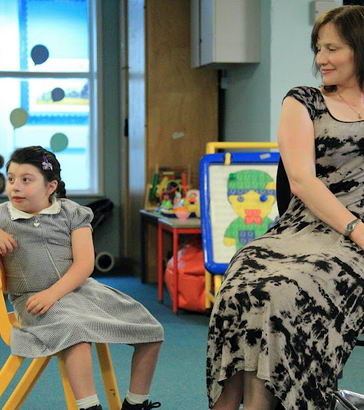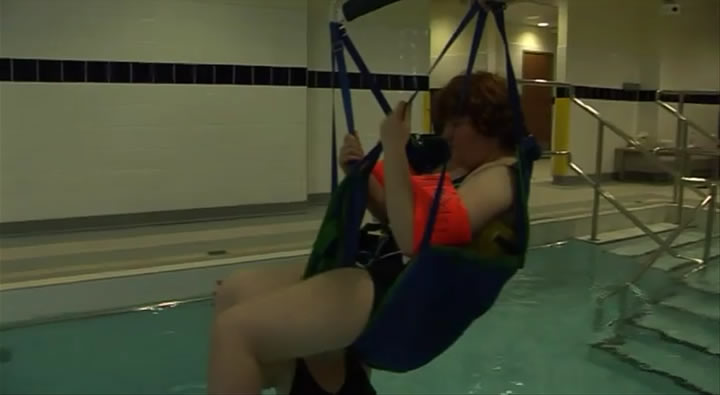
The real art of good teaching lies in encouraging each child to experiment and explore their world.
This takes considerable time and skill and can challenge the most experienced of teachers.
It is vital that new and varied ways of communicating and connecting with each child
are used.
As we have seen in this level, Intensive Interaction, music and the arts allow the teacher to connect with the most distant and self contained child.
Sometimes a child might be so difficult to reach that a combination of approaches will be needed to ensure that the child does not exhibit what is known as 'learned helplessness'.
Learned helplessness results from being locked into a system. A child learns that events are independent of their actions, that the consequences of what happens to them are beyond their control.
This lack of power leads to self fuelling apathy, under confidence and even depression. Against this background it is vital that all available means are used to break what can be an extremely destructive cycle.
Sometimes a child might be so difficult to reach that a combination of the methods that we have discussed can be used.
In this clip, Alice protests about the swimming pool. However, staff are willing to push her because they know that she
likes water
and music.
They use a combination of approaches that are tailored to Alice. This is because Alice loves water and music.
Return
Initially, Alice isn't particularly keen on going in. However, when Tim sings Happy Birthday, he really connects with her. Once Alice gets into the session she becomes physically more engaged. She taps the water in rhythm and sings Happy Birthday.
Return
This is a breakthrough as it prevents ingrained 'learning helplessness'. It motivates Alice and encourages communication for communication's sake. This is about doing something because she wants it rather than because she needs it or education targets require it.
Return
